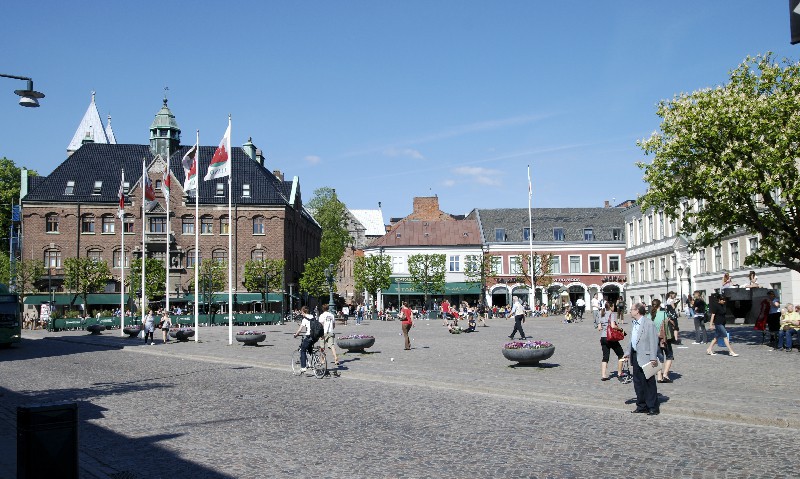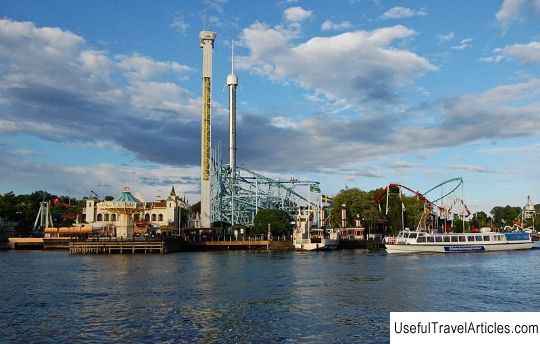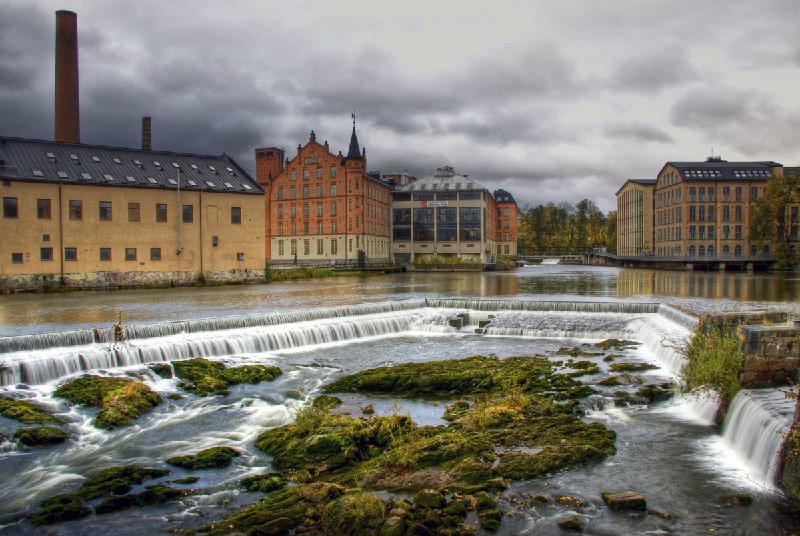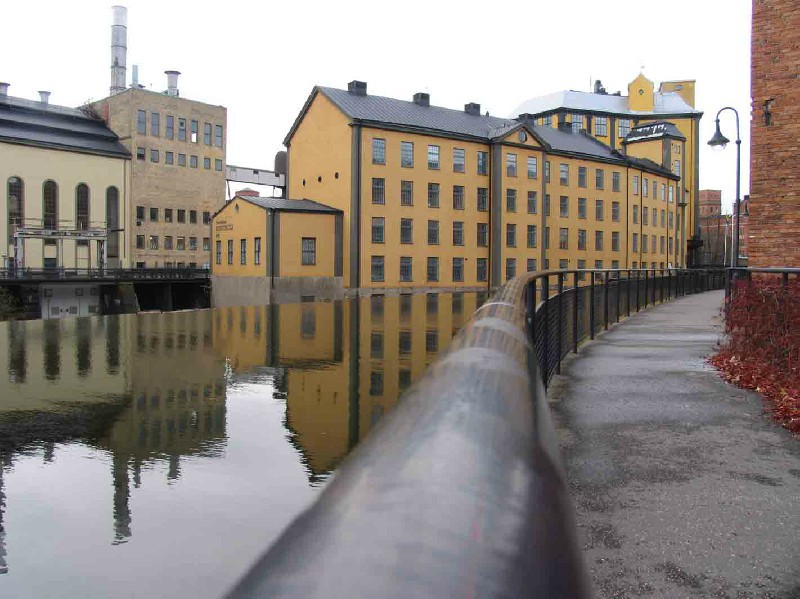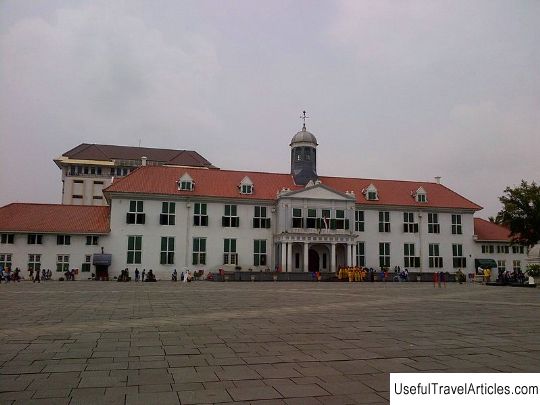Information about Lund in Sweden
Rating: 7,6/10 (210 votes) 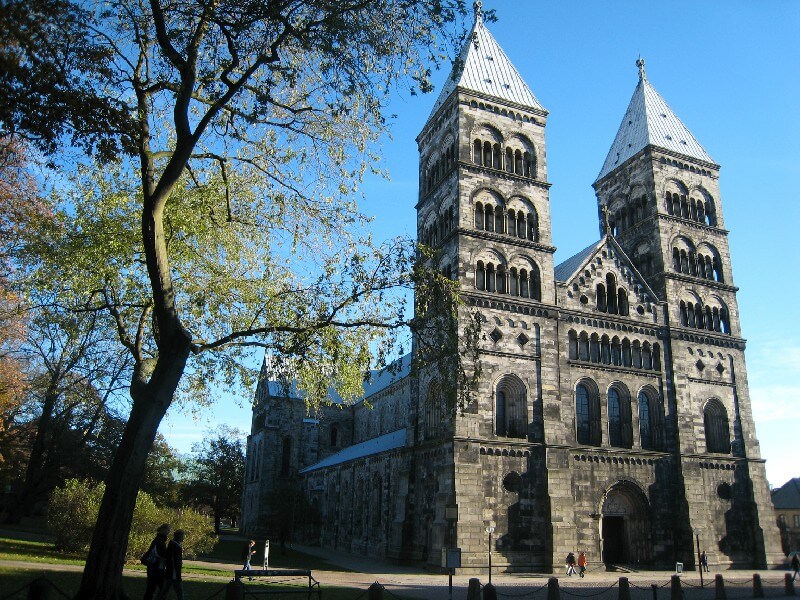 Lund belongs to the cities that are the economic centers of agricultural land in Sweden, since here the most favorable conditions for agriculture, so tourism began to develop in this city only from the 50s of the XX century. Since Lund has a rich history, only in the central quarters many historical and architectural sights are collected, which every year become serious sightseeing objects. The cultural life of the city has no dead seasons - every month thanks to student and other organizations in Lund many festivals, theatrical performances and other events that can interest foreign tourists. The third area of tourism in Lund is summer vacations. The city is located 8 kilometers from the sea coast, therefore, all local beaches are considered suburban, but the developed infrastructure of summer holidays allows local tour operators to organize this direction as well. The main attraction and heart of the city is Lund Cathedral, located almost in the city center. The majestic building has survived to this day thanks to numerous restorations and rebuildings after fires and destruction. Even historians do not know the exact date of the cathedral's construction, but a number of documents point to the 11th century. The Romanesque features characteristic of that era remained in the modern appearance of the shrine only partially - now it is an eclectic building that combines Romanesque, Gothic and traditional Scandinavian solutions. The interior of the cathedral is luxurious, services and tours are held here regularly.  The geographical center of the city is indicated by Stortorget Square and the building City Hall. Both the town hall and the square were created at the beginning of the 20th century, but both sites are included in the list of the most important sights of the city. Stortorget has the shape of a triangle, which is unusual in itself, while the Town Hall is a classic example of bourgeois buildings in the Scandinavian style, but the photo against the background of this building has become a kind of tradition for all tourists. Trade is prohibited on the square, but rallies and public gatherings are allowed, which are held here from time to time. Another symbol of the city is the main building of Lund University. The university was founded in 1666, which makes it one of the oldest educational institutions in Sweden, and the main building was built in 1882. This imposing building still stands out from other buildings in the city for its size and beauty - regular restorations keep the original appearance of the building. Interestingly, all the buildings of the university are within walking distance, so they will not take much time to inspect. Not far from the main building of the university you can see the so-called Royal House, which is nothing to the Swedish crown initially had no relationship. The residence building, built in 1584, was intended for the king of Denmark, who owned not only Lund, but all the surrounding lands. Now the Royal House is the building of the Faculty of Linguistics. Separately, it should be said about the building University Library, built in 1907. The huge four-story book storage is a masterpiece of architecture from the beginning of the last century. The front of the library is made of red brick and huge glass, ensuring good illumination of the reading rooms during the daytime.  Opposite the library is the building of the research laboratory, part of which is the Museum of Sketches, or as the locals call it, the Museum of unfinished masterpieces. The museum is unique in its own way and has a few analogues in the world. It was founded in 1941 on the initiative of the rector of the university, from the private collection of which the first exhibits were exhibited - several sketches of works by famous European masters. Since then, the museum has been buying sketches from the repositories and storehouses of world museums to replenish its exhibition halls. In addition to the Lund Cathedral, the city has many interesting churches, one of which is St. Peter's Church - a large red brick structure. According to the state of the church, few will say that its foundation has been standing since the XII century, and only the facade was regularly reconstructed. Once there was a full-fledged monastery complex, but only the church has survived to this day, serving as an example of the exceptional durability of medieval temples. Another temple that can interest tourists is All Saints Church. It is located opposite the main building of Lund station, so many travelers start sightseeing from it. This church, built at the end of the 19th century, is also distinguished by the fact that it significantly exceeds the Cathedral in height, towering over most of the surrounding buildings. Lund City Park is an ideal place to take a breath between excursions and cultural recreation programs. The park is divided into several zones - a walking area with shady avenues, gazebos and benches, a sports area with a real football field and several lawns for outdoor activities and an entertainment area where live music concerts are held almost every day. This church, built at the end of the 19th century, is distinguished by the fact that it is significantly higher in height than the Cathedral, towering over most of the surrounding buildings. We also recommend reading Information about Lulea, Sweden Topic: Information about Lund in Sweden. |
